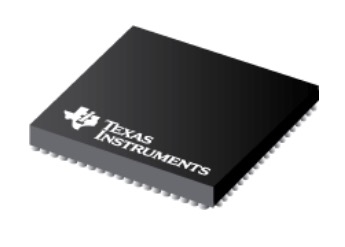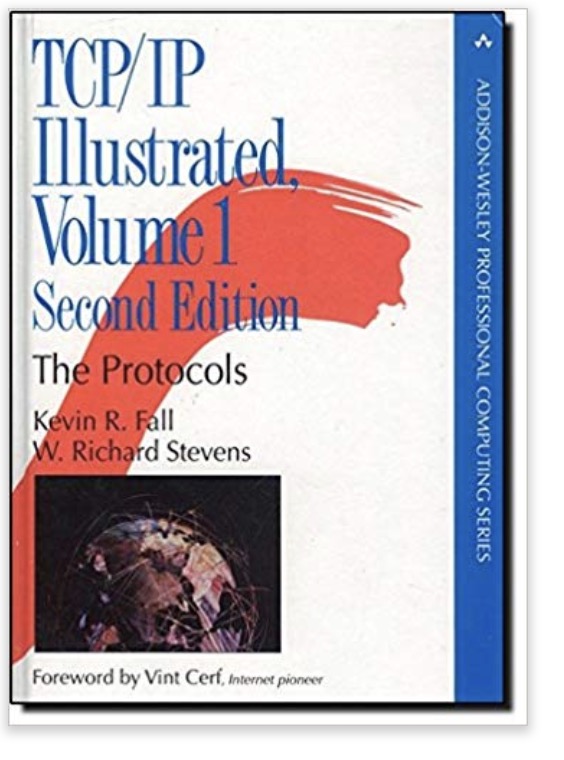Recent Posts
Texas Instruments Introduces MCU With EtherCAT, Ethernet, And CAN FD Connectivity
Posted by on
Texas Instruments (TI) has introduced their F2838x MCU, designed for AC servo drives and other industrial automation devices. The 32-bit MCU is part of the C2000 micro-controller family.
The MCU allows designers the utilization of a single chip to achieve serial connectivity, including EtherCAT, Ethernet, and CAN FD. Devices equipped with such communication ports frequently necessitate an external application-specific integrated circuit (ASIC) or a dedicated host control microprocessor that restricts the versatility of the design architecture, adds complexity, and occupies physical space in the system.
By integrating three industrial communication protocols into one module, the MCU provides designers an ability to tailor one micro-controller to the individual requirements. A crucial part in accomplishing this is the connectivity manager, an ARM Cortex-M4-based sub-controller that offloads processing-intensive communications and optimizes connectivity. Furthermore, the MCU offers improved real-time control performance and higher flexibility compared to earlier C2000 series MCUs.
For electrically isolated architectures, the MCU utilizes a high-speed serial interface with eight receiving channels to expedite chip-to-chip communication at up to 200 Mbit/s using a minimum number of pins. Designers can build on this high-level of integration in CAN FD design and will quickly increase the number of available CAN FD ports by pairing them with a TI system basis chip (SBC), such as the TCAN4550 with integrated CAN FD controller and transceiver.
TCP/IP Illustrated, Volume 1: The Protocols
TCP/IP Illustrated, Volume 1, Second Edition, is a detailed and visual guide to today’s TCP/IP protocol suite. Fully updated for the newest innovations, it demonstrates each protocol in action through realistic examples from modern Linux, Windows, and Mac OS environments. There’s no better way to discover why TCP/IP works as it does, how it reacts to standard conditions, and how to apply it in your applications and networks.
Building on the late W. Richard Stevens’ classic first edition, author Kevin R. Fall adds his cutting-edge experience as a leader in TCP/IP protocol research, updating the book to reflect the latest protocols and best practices fully.
He first introduces TCP/IP’s core goals and architectural concepts, showing how they can robustly connect diverse networks and support multiple services running concurrently.
Next, he carefully explains Internet addressing in both IPv4 and IPv6 networks. Then, he walks through TCP/IP’s structure and function from the bottom up: from link layer protocols–such as Ethernet and Wi-Fi–through the network, transport, and application layers.
 Loading... Please wait...
Loading... Please wait...


